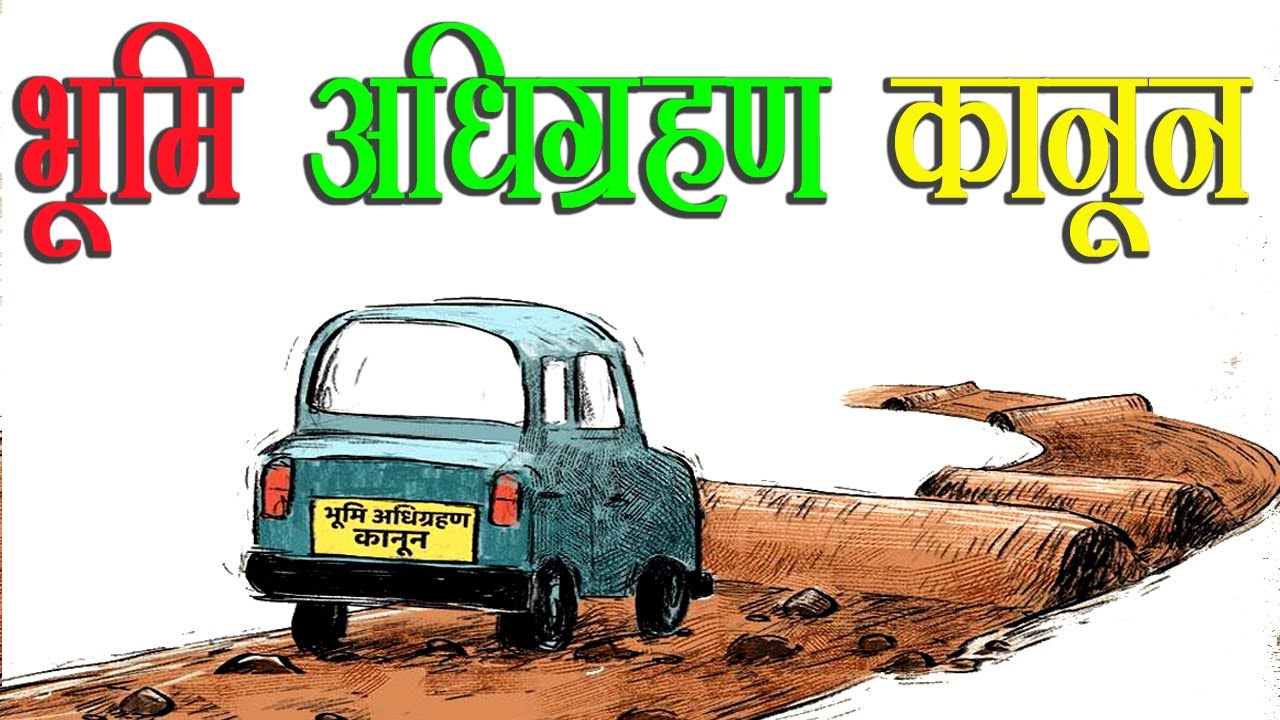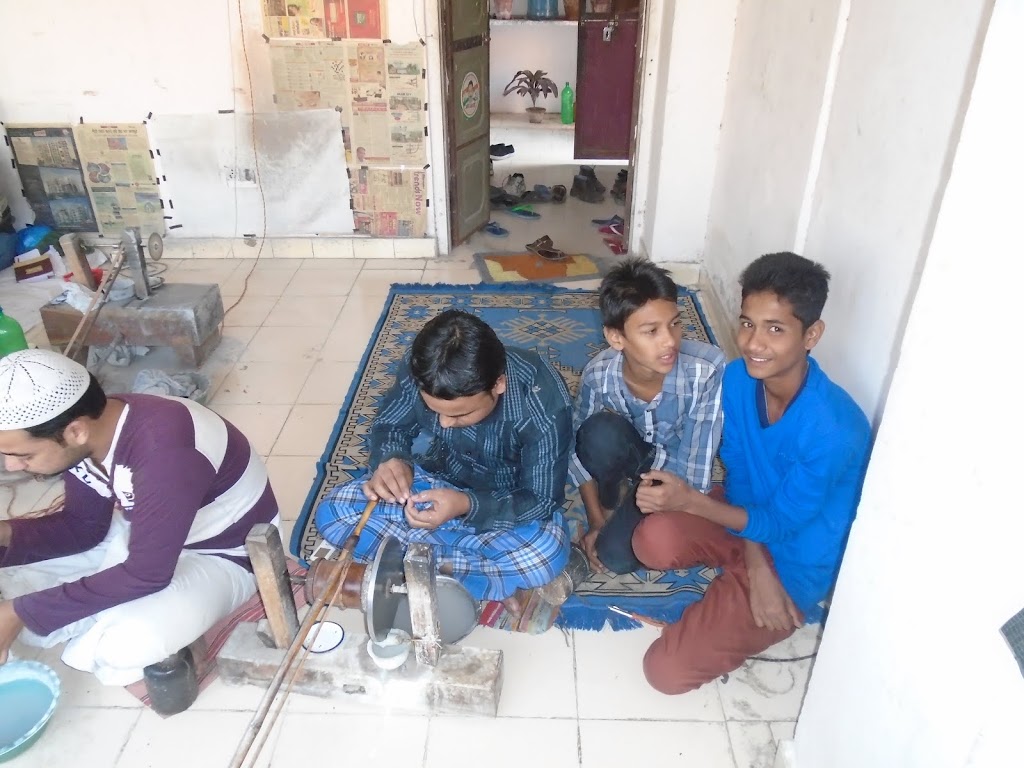The government has recently (September 2013) passed a new Act in the
Parliament which replaces the Land Acquisition Act 1894. The new act unifies
land acquisition and R&R and makes R&R legally mandatory. The passing of this law has gone through many
interesting phases and has seen various pulls and pushes.
passed two bills – the Land Acquisition
(Amendment) Bill (LAA Bill) and the Resettlement
and Rehabilitation Bill (R&R Bill) – in the LokSabha, legislation intended to support the NRRP 2007. The two
bills were not passed in the RajyaSabha.
In 2011, however, the government introduced a new Land Acquisition and Rehabilitation & Resettlement Bill 2011 (LAR&R
Bill) (MoRD 2011) in the Lok Sabha,
abandoning the earlier bills. The bill provided for unifying the land
acquisition and R&R and establishing legal provision for rehabilitation and
resettlement of the displaced and affected population. The bill was put on the
Ministry of Rural Development’s website, inviting comments from public.
Provisions of the bill were to apply to all other land acquisition acts used by
the India government. But when the bill was tabled in the Parliament after
receiving comments, the government had added a Schedule IV to it, which
provided that the bill would not be
applicable in cases of land being acquired under CBA 1957 and 15 other Acts
(Schedule IV, LAR&R Bill 2011). The bill had many other shortcomings as
well.
standing committee related to the Ministry of Rural Development, which in its
report (Standing Committee on Rural Development 2012) criticised the bill on
various grounds. The committee expressed its apprehensions about the government
acquiring land for private companies, the minimal role of local government
bodies, and the exemption of land acquisition under 16 government laws –
including the Coal Bearing Areas
(Acquisition and Development) Act 1957 – from the scope of the proposed
law.
is concerned with the model of development, which considers
displacement inevitable; the new Bill is based on the logic of the market and is
aimed at meeting the growing demand of land for various development projects.
This has been the driving motive behind the rehabilitation policy of the
government since its inception. The draft of the first Rehabilitation Policy
prepared by the Ministry of Rural Development in 1994 stated the need for a
rehabilitation policy to meet the growing demand for land in the wake of
economic liberalization.
lost land and resettlement and rehabilitation for all displaced and affected
people, including landless people. However, problematic areas remain. The definition
of ‘public purpose’ is too broad in the proposed bill. Itincludes provision to
acquire land for private companies and public-private partnership (PPP) projects,
but only after obtaining‘informed prior consent’ of 80per cent of the land
losers and those working on government assigned land in case of land being
acquired for a private company and that of 70% in case of PPP projects. In the
original bill the provision was to take consent of all the affected population,
including the land less. Such provision, however, is not intended for land
being acquired for government projects. There is also no restriction or limit on
private companies’ purchase of land on their own. The new Act does not provide
for legal redress; instead it proposes that a land acquisition, rehabilitation
and resettlement authority will investigate all complaints. This conforms to
the private sector’s desire to secure land within the shortest possible time.
The new Act also has no provision of approval of local self governance institutions
like PRIs or ULBs. However, it provides for taking approval/consent local
institutions of self governance only in the Scheduled areas. The new Act takes displacement as given and favours
the development projects, including that of the private companies, at the cost
of the rights of the displaced and project-affected populations (see the Overview of the Act and FAQs on the Act by Ministry of Rural Development)
people’s organizations, state governments, and bodies of industries. As
mentioned above, it was referred to the Parliamentary Standing Committee on the
Ministry of Rural Development, which, after many consultations, suggested
various changes. The government, however, decided to proceed with the bill,
with an alternative title and further dilution of its provisions in order to placate
the industry. The bill was referred to the cabinet withoutincorporating most of the important recommendations of the ParliamentaryStanding Committee. Some of the cabinet members, however, still were not
happy with the revised bill, terming it as not so investors friendly, and it
could not get cabinet’s approval. The bill was then referred to a Group of
Ministers, which further diluted the bill.
tabled in the parliament and could finally be passed by the Lok Sabha on August
29, 2013, nearly two years after it was first introduced. The bill, however,
was passed by the Rajya Sabha with further amendments, to incorporate a
suggestion made by the Madhya Pradesh CM, which include dilution of
retrospective clause with regard to acquisition of land for irrigation
projects. According to the amendments, the proposed law would not apply to
irrigation projects where environmental impact assessment is required under the
provision of any other law already in force.
Act, 1894, which the present Bill seeks to replace, only the compensation part
would be determined as provided in the proposed law. The amendment drops the
proposals on rehabilitation and resettlement.
In case an award had been made, the provisions of compensation under the
new law would be applicable with respect to only those beneficiaries in whose
account the money had not been deposited. The Lok Sabha had approved the
provision that all those who had not accepted the award would benefit.
Lok Sabha and it was again approved by the Lok Sabha.
What is important from the perspective of on going conflicts all over the country over the issues of the land being aquired for mining, and other insdutries, however, is that the new Act provides exemption from its
provisions in the cases of the land acquired under 13 union acts, including the
Coal Bearing Areas (Development and Acquisition) Act, 1957, the Land
Acquisition (Mines) Act, 1885, Damodar Valley Corporation Act, 1948. So the CIL
and its subsidiaries would continue the acquire land under CBA, 1957. These acts have no provisions for R&R. Some of the public secotr compnaies like the CIL and NPCL, however, have their
own R&R policies.
land conflicts in the India’s rural and tribal areas with the passing of the
new Act can, at best, be termed as a wishful thinking. According to media
reports about 85 to 90% of the land is acquired under the acts which are out of
the purview of the new Act passed by the parliament and the misery of the
people being displaced by those acts are not to be addressed by the new Act and
the opposition to land acquisition efforts by the government is, therefore, likely to continue.




